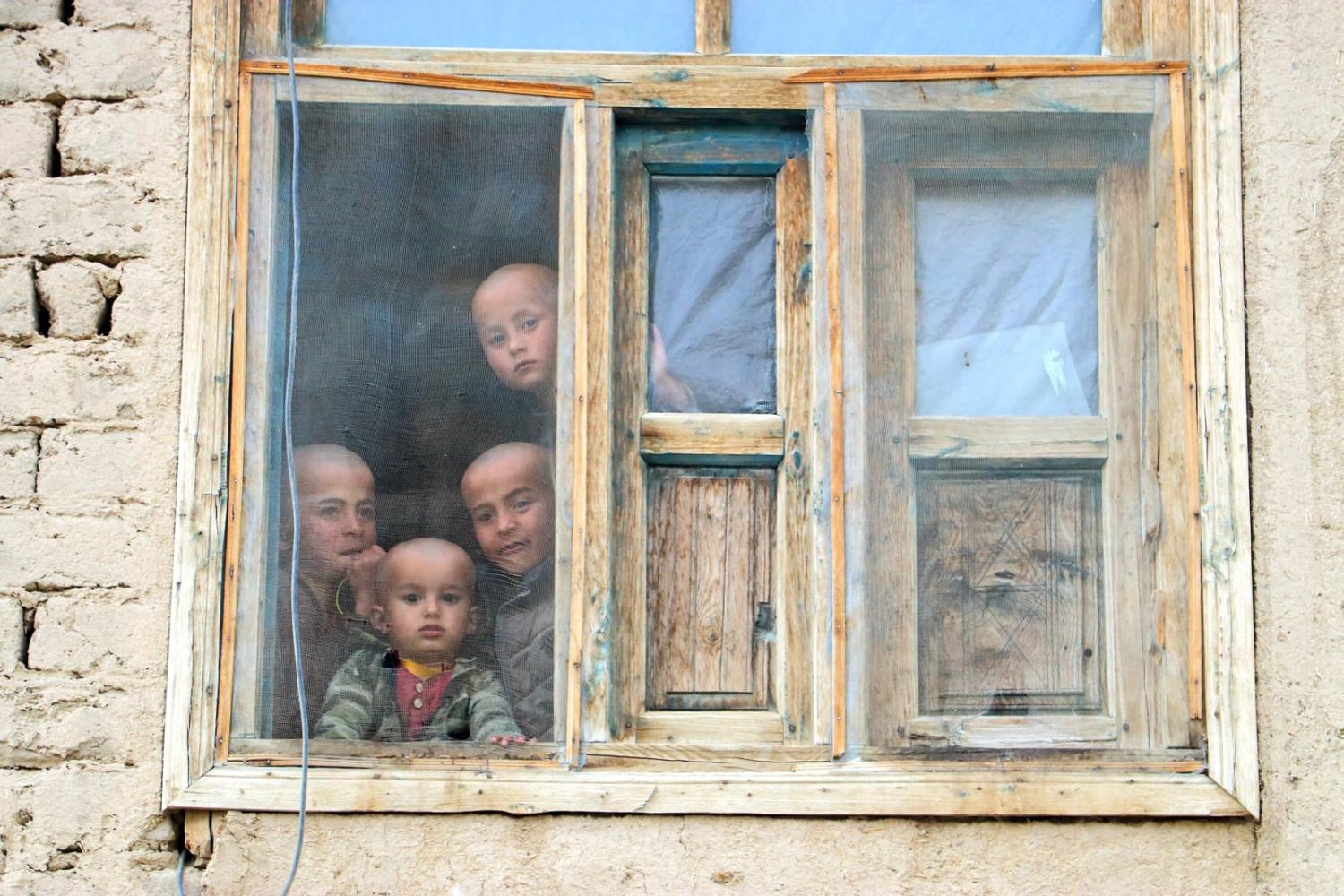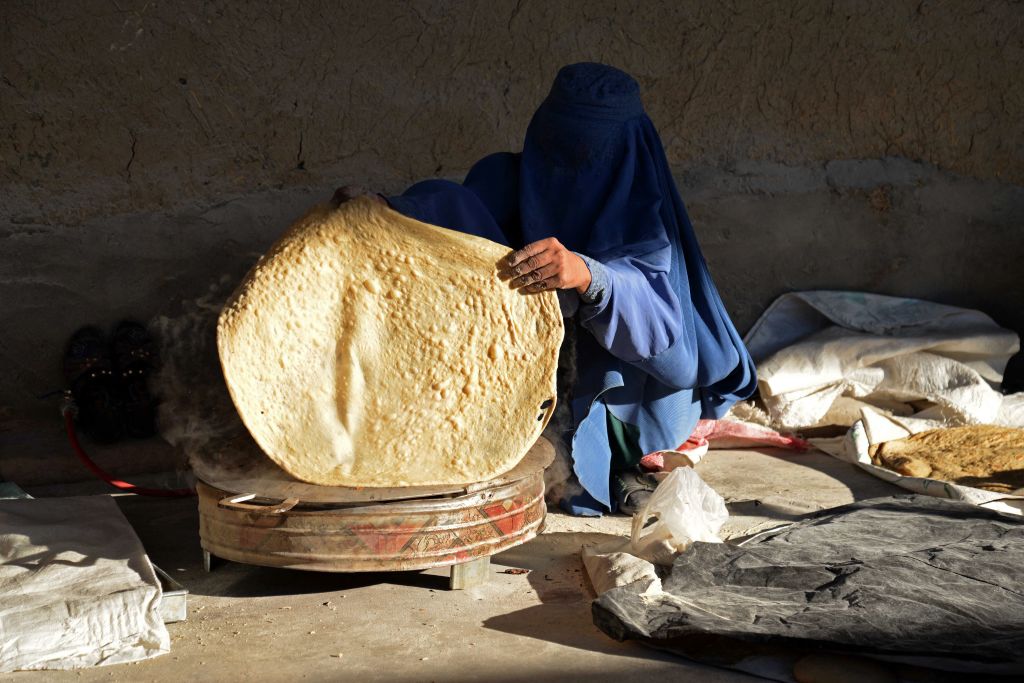Aid workers are pressed enough to deliver much needed relief
without a burden of also speaking for the global community.

The situation in Afghanistan continues to deteriorate. Even before the withdrawal of international forces and the Taliban takeover in August 2021, Afghanistan was one of the world’s largest and most complex humanitarian emergencies. The 2023 Afghanistan Humanitarian Needs Overview estimates that 28.3 million people (two-thirds of the country’s population) require urgent humanitarian assistance, of whom 14.7 million are in extreme need and 17 million face acute hunger.
Despite the scale and severity of the issues in Afghanistan, international engagement with the Taliban, the de-facto governing authority, is stuck in a recriminatory loop with diminishing prospects for progress. Since the Taliban takeover, there has been an almost wholesale diplomatic withdrawal from Kabul. As a result, very few diplomatic missions remain to represent the interests of donors of humanitarian aid to the country.
Against this backdrop, on 16 March the United Nations Security Council asked UN Secretary-General Antonio Guterres to conduct an independent assessment and develop recommendations to address the current challenges facing Afghanistan. The resolution requires the Secretary-General to report by mid-November “forward-looking recommendations for an integrated and coherent approach among relevant political, humanitarian, and development actors, within and outside of the United Nations”.
In an apparent escalation, on 4 April, the Taliban tightened its recent ban on female NGO workers by ordering the United Nations to fire all female employees.
The November timeline set by the Security Council for an assessment and recommendations may come a little late for the Afghan people. An immediate, honest look at the current approach and strategy of humanitarian engagement in Afghanistan is required.
It is essential that international engagement in Afghanistan is informed by critical considerations of on-the-ground actors who, despite the near-complete diplomatic withdrawal, continue to identify openings and operate vital humanitarian support activities for the Afghan people.
First, and most importantly, considering a pathway to diplomatic normalisation and long-term developmental engagement is essential. The drastic reduction of diplomatic missions and the consequent diminution of diplomatic influence in Kabul has thrust additional burdens upon organisations that provide humanitarian assistance. In the current situation not only must these organisations continue to deliver humanitarian relief, but they must also undertake intense diplomacy. These “diplomatic” efforts are required to both find openings for the delivery of humanitarian aid as well as for representing and navigating the complex conditions of international assistance. The latter, complex work of long-term policy engagement on behalf of the international community, is neither within the mandate nor the makeup of on-the-ground actors who are already hard-pressed to deliver humanitarian aid.
Furthermore, the lack of diplomats on the ground has by default handed international organisations the additional, grave responsibility of leading advocacy for essential rights and norms at the political level. While straining already-scarce resources, this complicates these agencies’ mandates to engage when necessary for the delivery of humanitarian aid. While on-the-ground organisations have been able to find ways to navigate this dilemma at the subnational level, they require active diplomatic presence in Kabul to engage the Taliban’s political leadership and help shift the status quo dynamic. This will go a long way to reduce the political burden placed on them so they can return to a focus on aid delivery. Moving beyond a crisis-driven, reactive approach to a deliberate, policy-driven approach requires the continuous physical presence of diplomatic representatives in Kabul.

Second, addressing the long-term challenges in Afghanistan requires much clearer, operational consideration of the current political landscape. The Taliban is not a homogenous entity and there is divergence not only among interlocutors and leaders in Kabul and Kandahar but also between the centre and subnational levels. On many issues, traditional and religious leaders at the local level as well as provincial governors – appointees of the supreme leader himself – diverge from the views of the Taliban’s central leadership, even in areas where the Taliban has historically had strong influence.
While this heterogeneity creates ambiguity and challenges, there are also opportunities, which if navigated can enable humanitarian – and ultimately developmental – engagement. Operationally, there are many instances where civil society groups and local elders are actively negotiating with Taliban representatives to find solutions. It is essential that Afghanistan’s local and subnational actors be engaged in a deliberate manner to better understand and consider their views of Afghanistan’s future. This will enable humanitarian and developmental effectiveness where it matters most.
Third, any long-term engagement strategy must overtly consider an additional minimum agenda of international humanitarian action that overlaps with Taliban interpretations of Afghan public-facing need. Previously, such public-facing need had been discussed but was confounded by the international interpretation of Afghan need. Diplomatic missions should return to Kabul and use their mandate to clarify the Taliban’s interpretation of Afghan need and to negotiate a discrete, minimum agenda that overlaps with international intent. This has as good a chance as any other measure to protect space for continuing critical humanitarian assistance to the most vulnerable.
Without the political buffer of diplomatic missions, international organisations and their local partners will be hard-pressed to operate effectively within their mandates.
The urgency of current circumstances requires the international community to consider the above while weighing alternative frames of engagement with Afghanistan.
With thanks to Iain Payne for contributing to this article.
